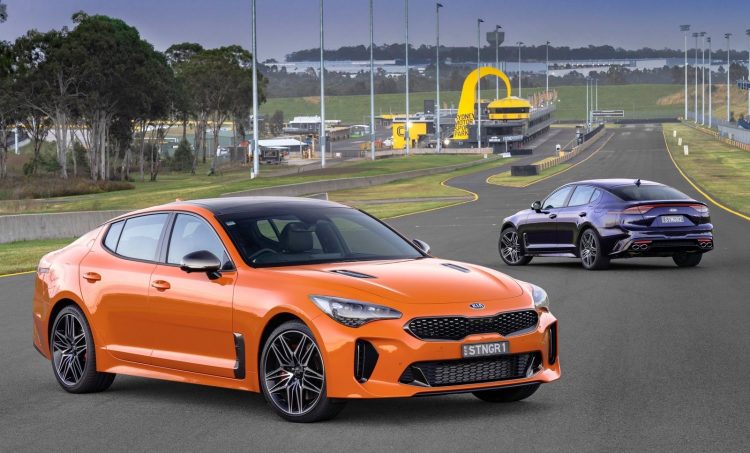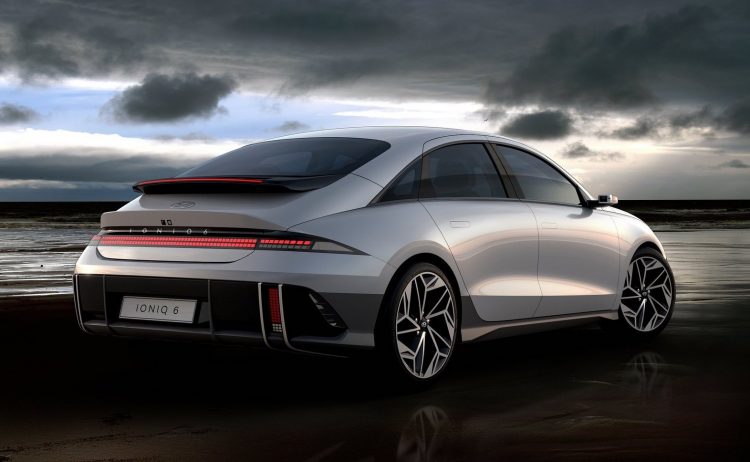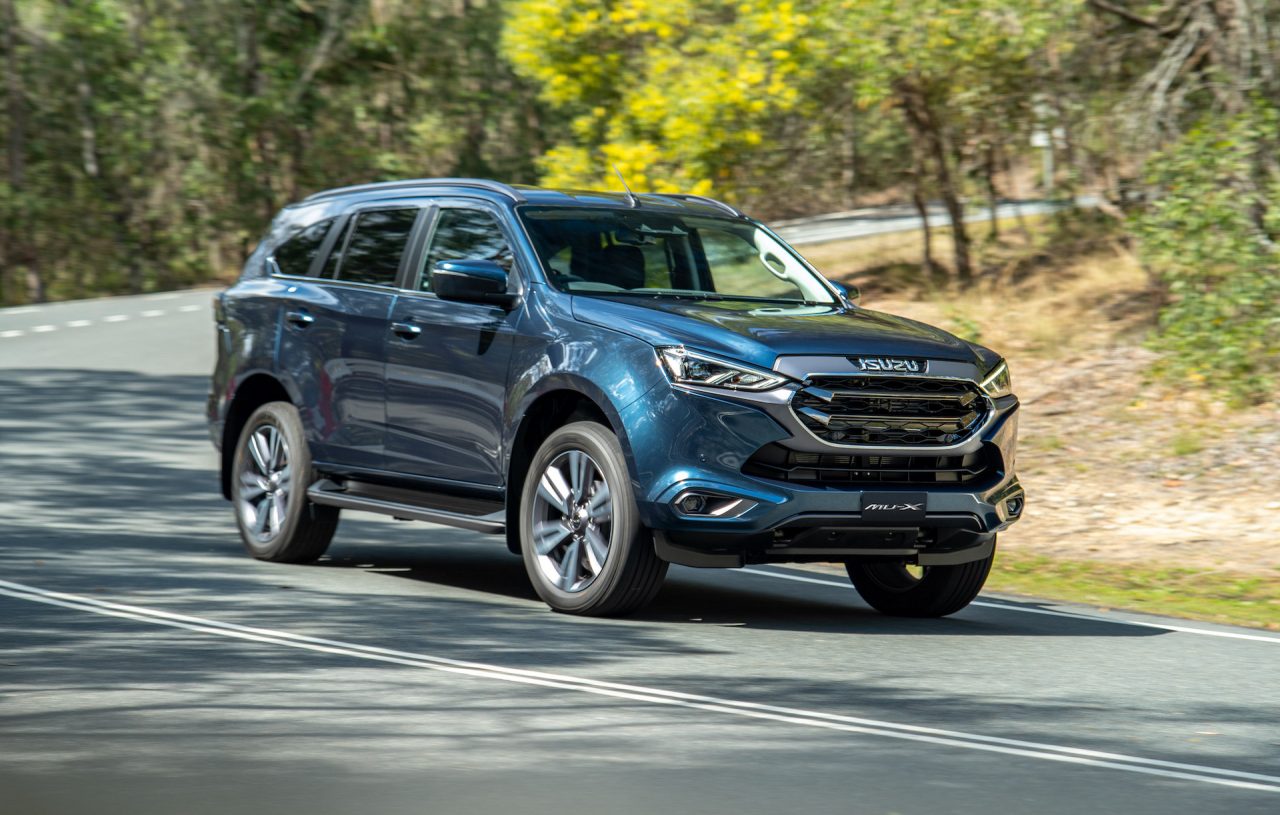It’s been widely reported that the Kia Stinger will soon face the chopping block, but a new report out of South Korea suggests production will come to an end in April, 2023.
The Kia Stinger competes in the shrinking large sedan segment, and although all the specs and the design looked great on paper, customer take-up hasn’t been as strong as expected. In the USA, sales have gone from 16,806 in 2018, to 13,884 in 2019 and 12,556 in 2020. Through to the end of the September this year, just 6643 Stingers have been purchased. Likewise in Europe, Stinger sales have been on a steady decline, with 3820 units in 2018, to 1142 in 2021.
Here in Australia, Kia sold 1957 Stingers in 2018, and then down to 1773 in 2019 and 1778 in 2020, to 1407 in 2021. Interestingly, this year has been a very successful year for the Stinger, with 1942 units so far (through September). It will be the nameplate’s best-ever year considering it only has to achieve 11 more sales in the remaining three months.
Nonetheless, according to an Auto Times report, Kia is set to end production of the Stinger in April, 2023. It’s produced at Kia’s main manufacturing facility, the Sohari Plant, near Seoul. In its home country sales have also dwindled, with only 1499 units so far this year (through September).
Kia has certainly given it a good crack in its time, offering a range of tempting engines and even provided a pretty significant facelift in 2021. Although Australia misses out on the 2.5 turbo four-cylinder offered overseas, local buyers can choose between a 2.0-litre turbo developing 182kW, or a 3.3-litre twin-turbo V6 producing 274kW. Both are rear-wheel drive in Australia, but there are AWD options overseas.
So, what will replace the Stinger. The Korean report reckons there is an electric alternative coming in the next few years. We suspect it will be the sister car to the Hyundai IONIQ 6 (above), if that’s the case. Other than that Kia has the EV6 GT which is set to become one of the quickest-accelerating vehicles on the market in the non-premium sector. It arrives in Australia in the fourth quarter of this year.


